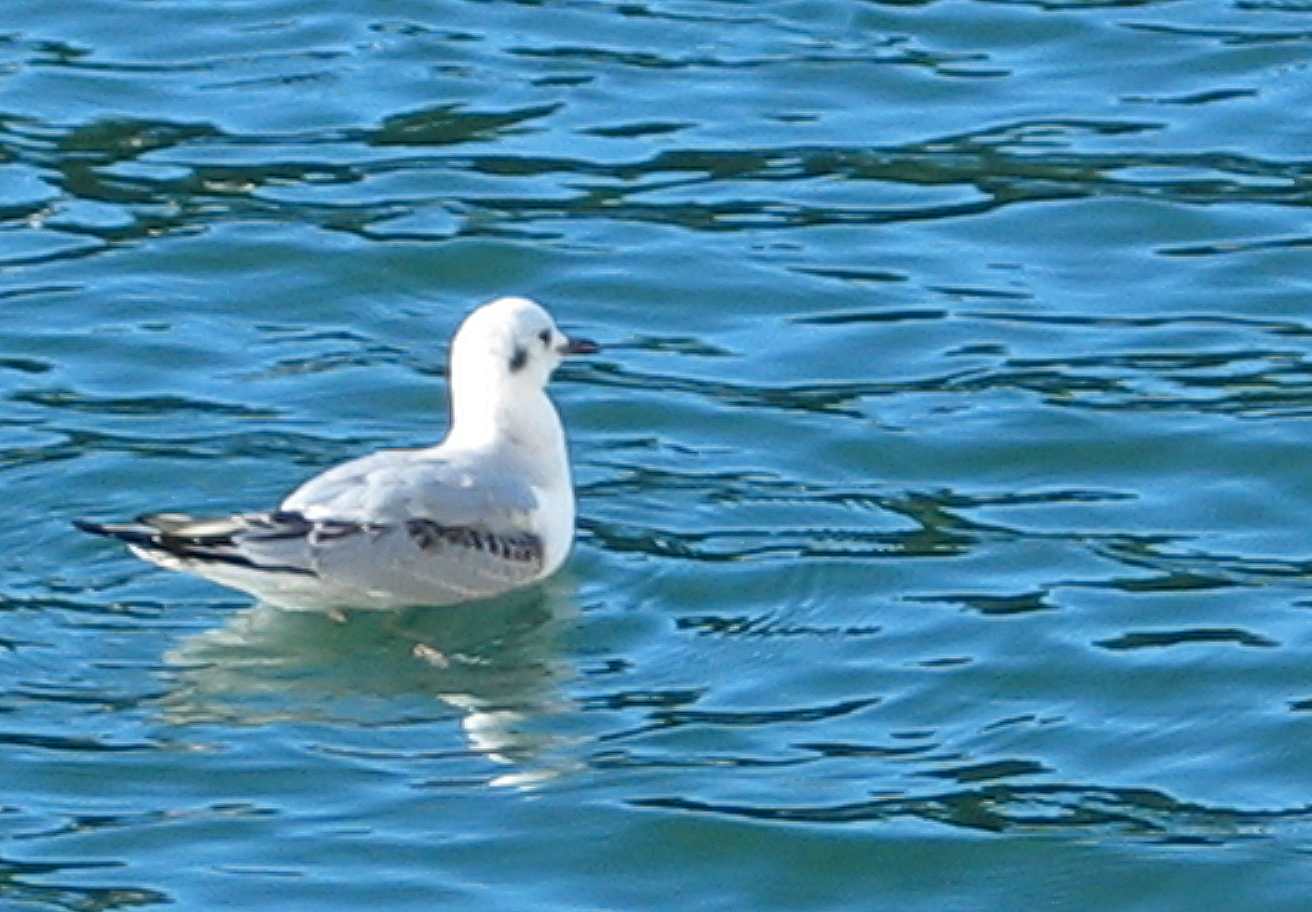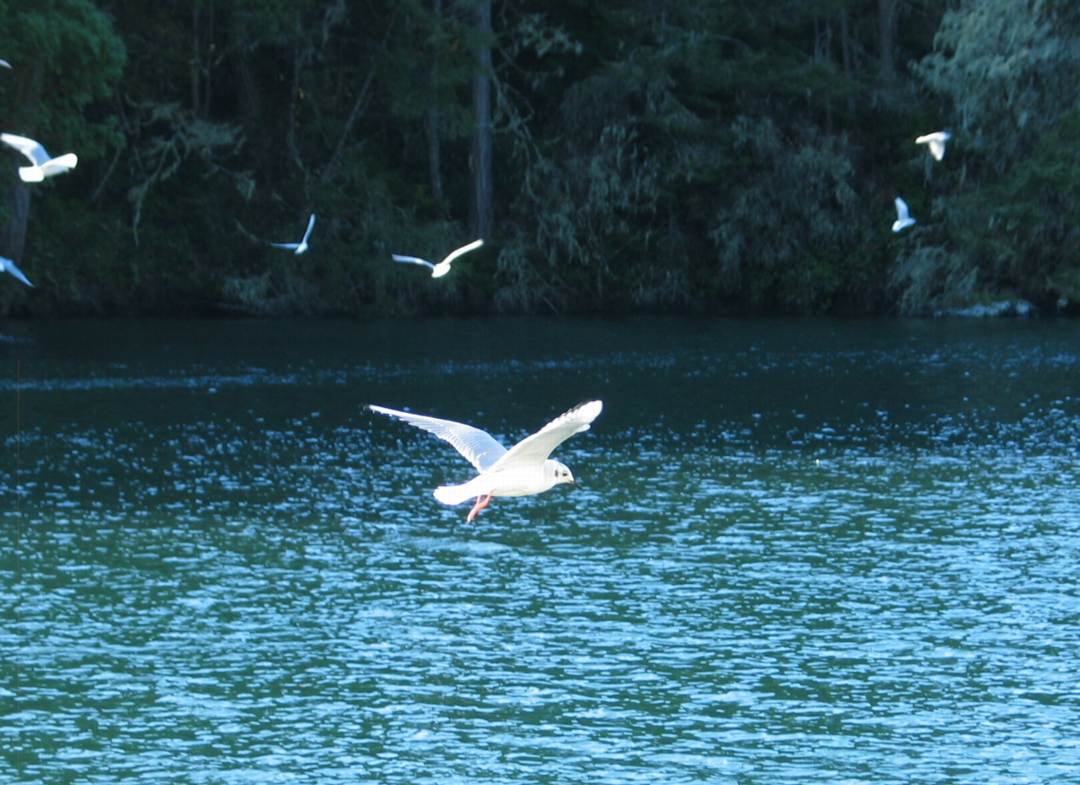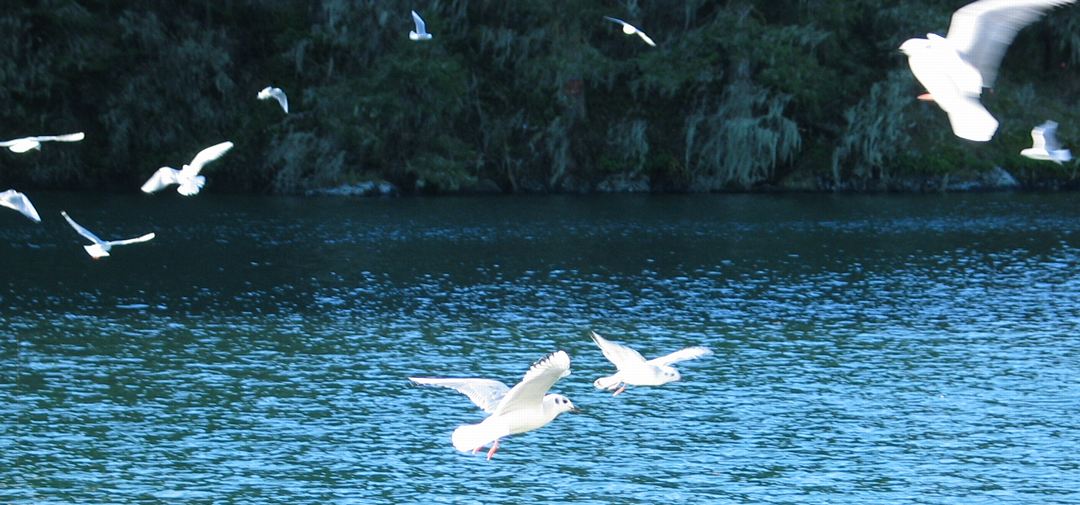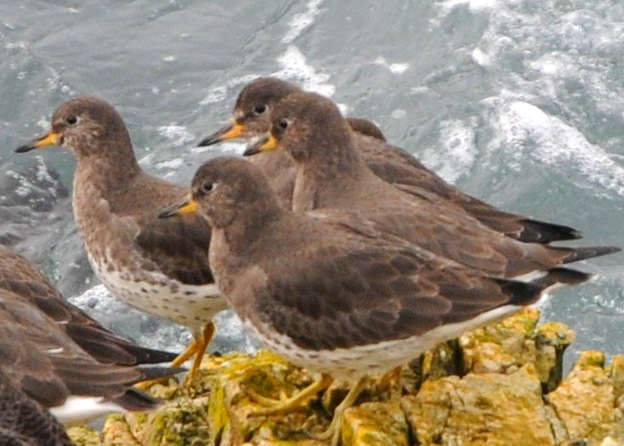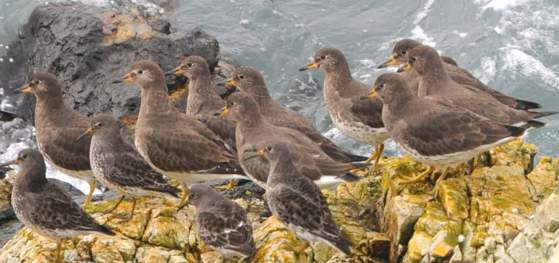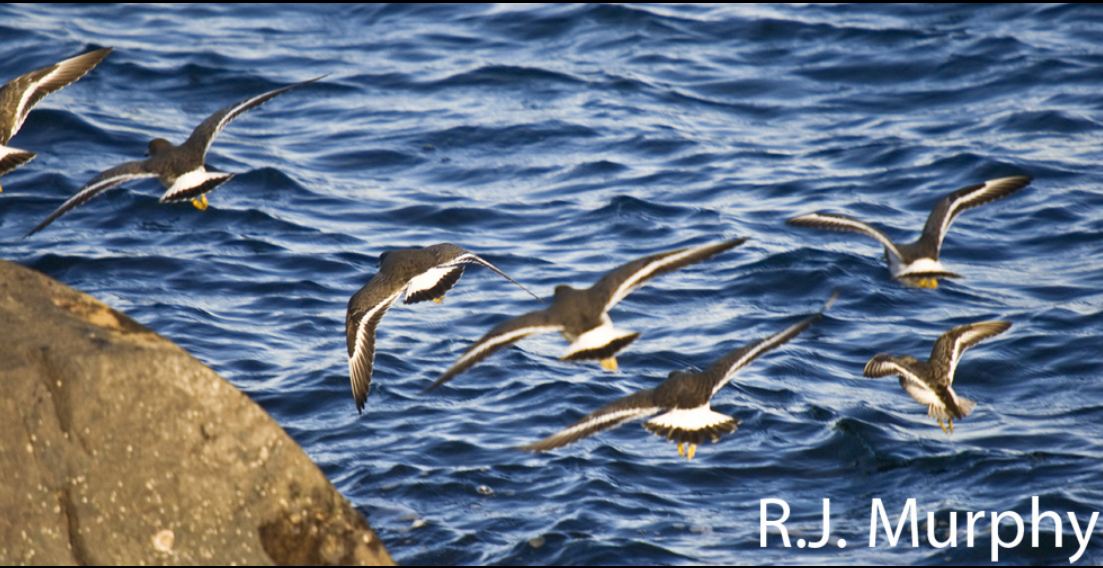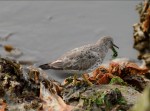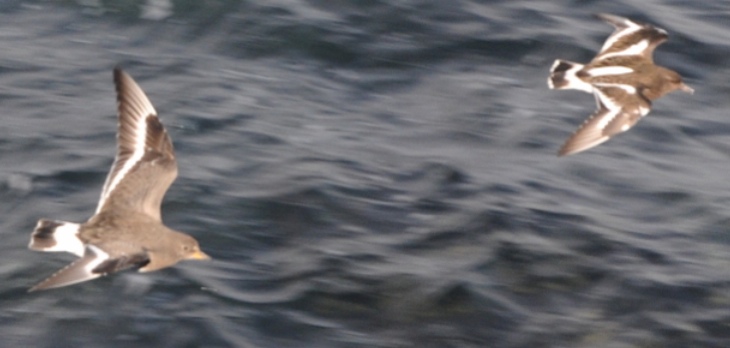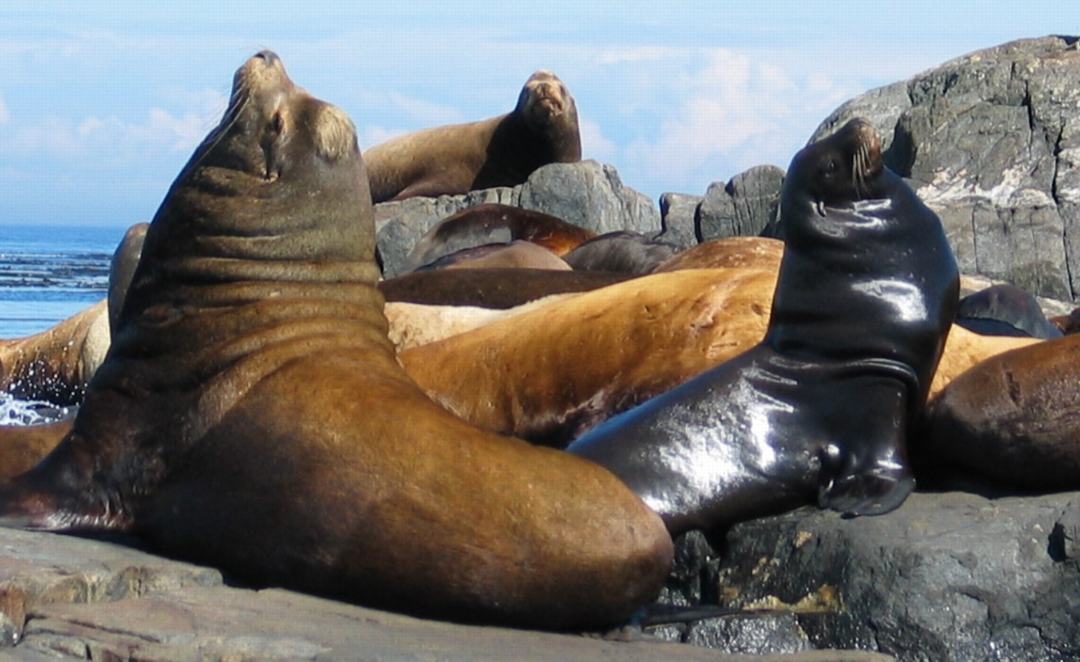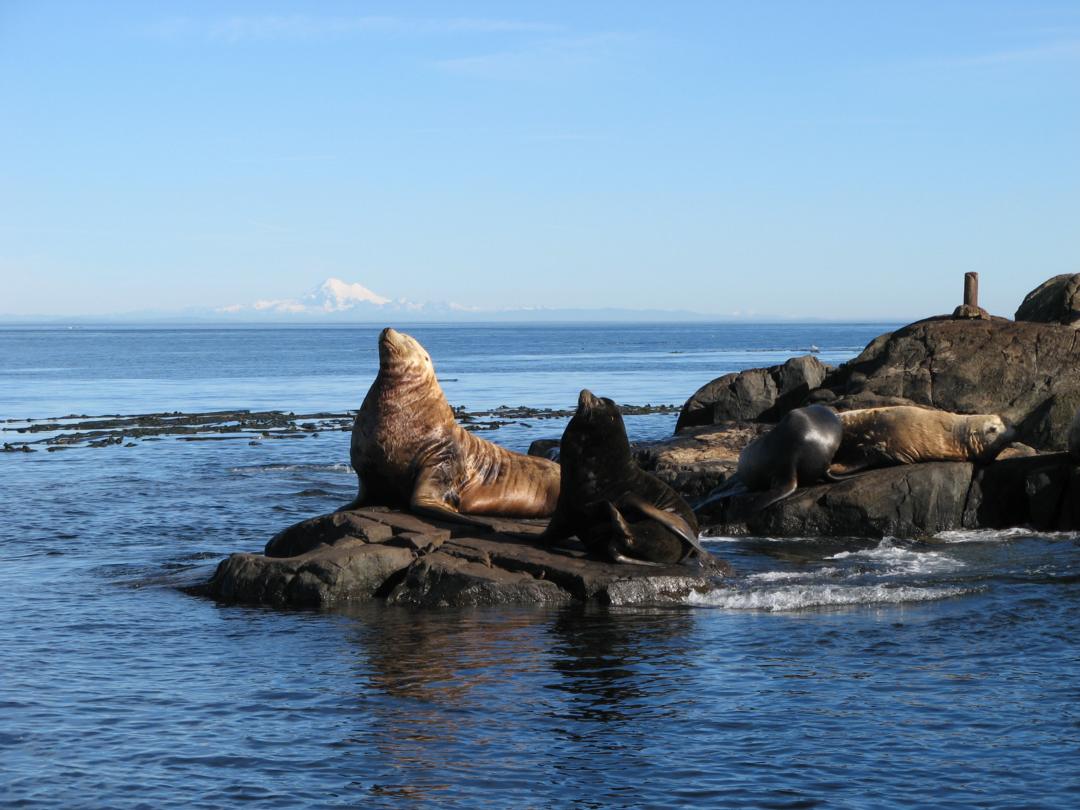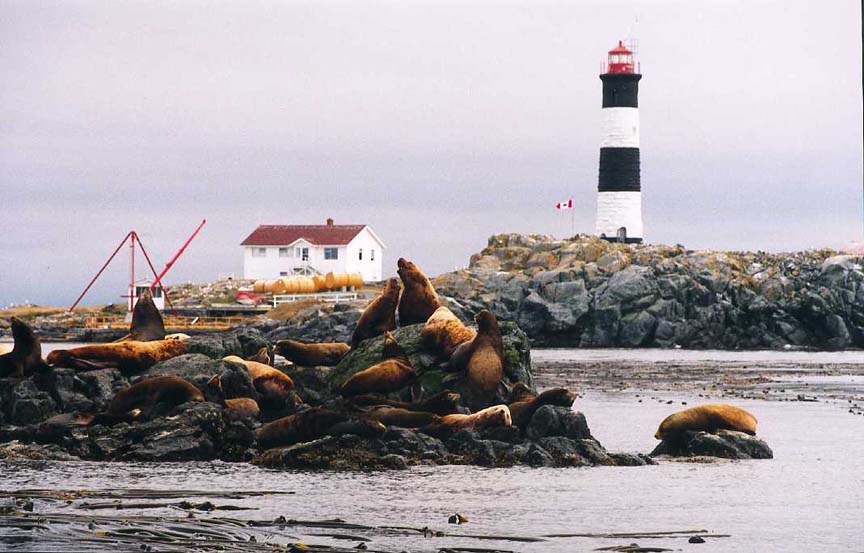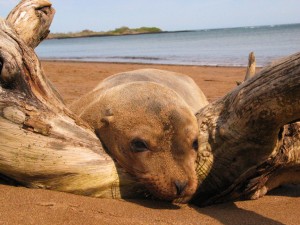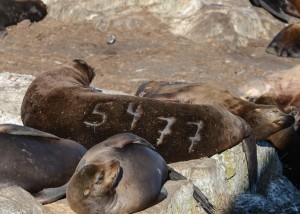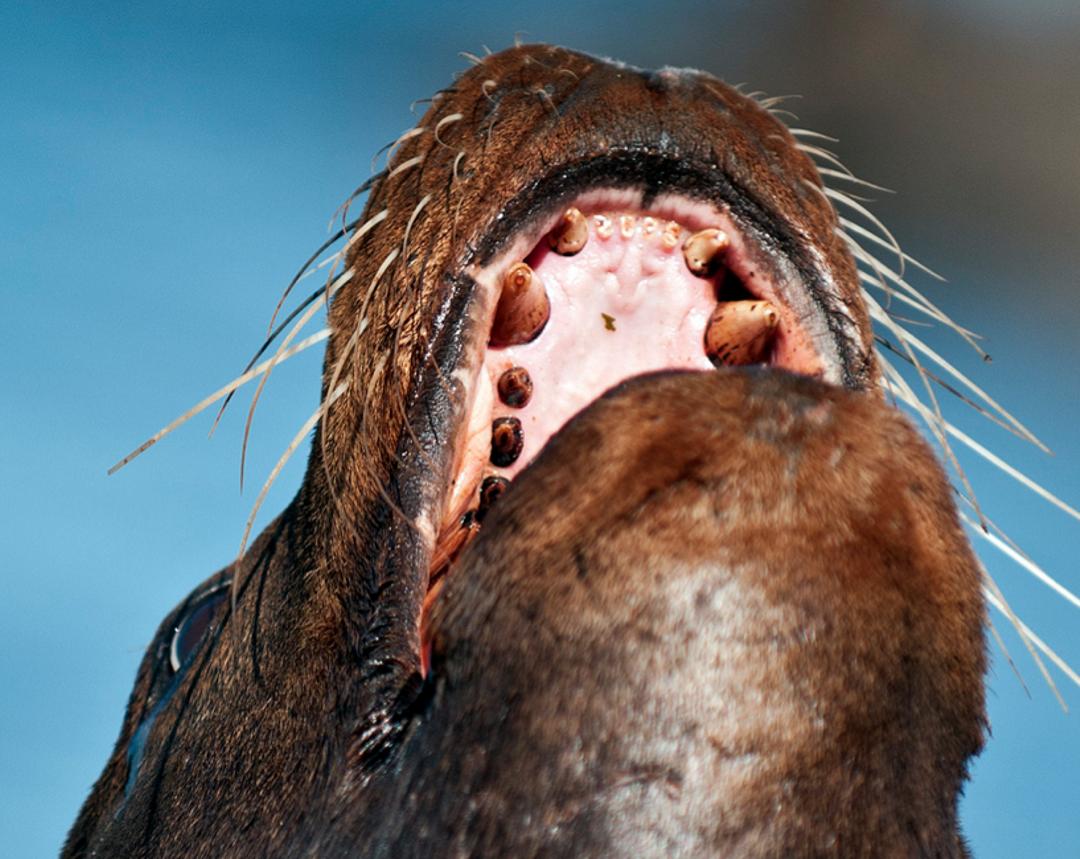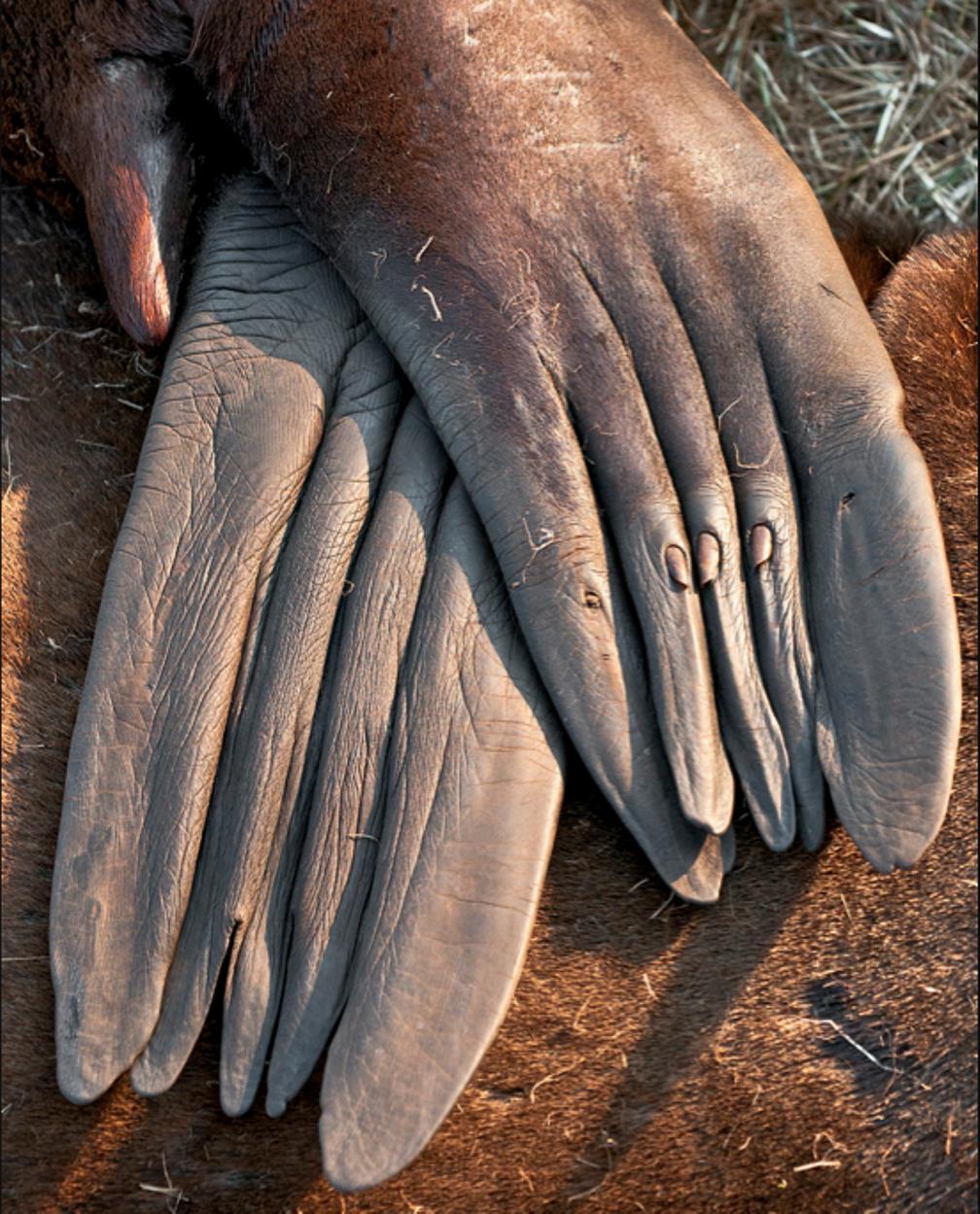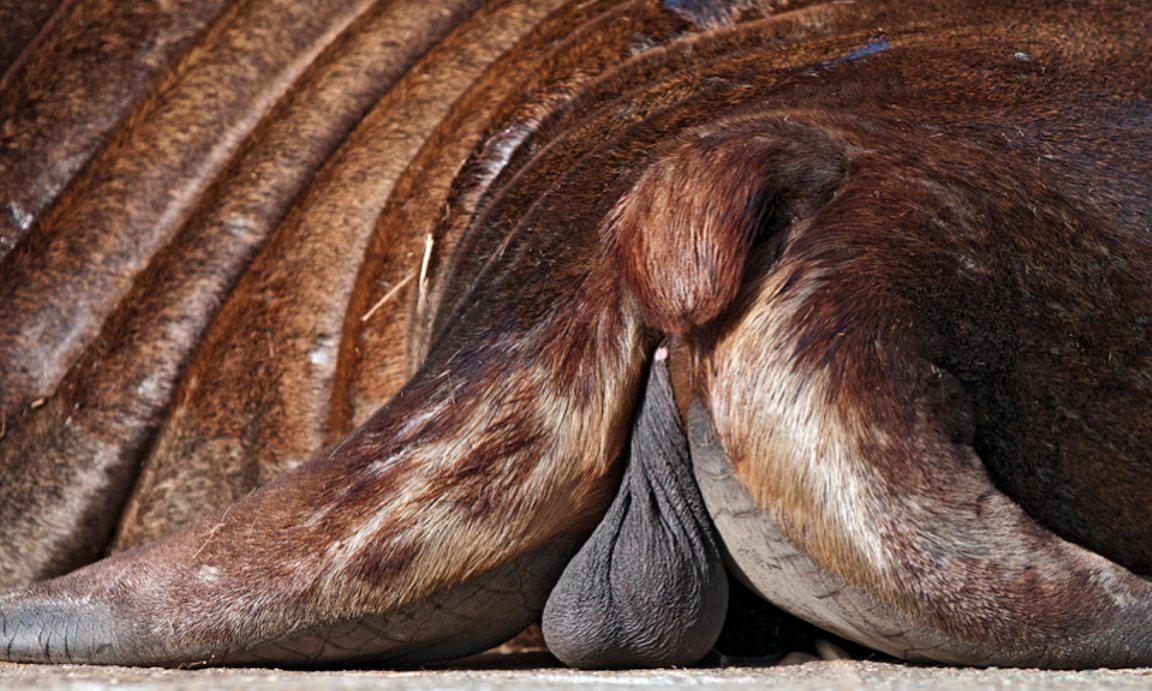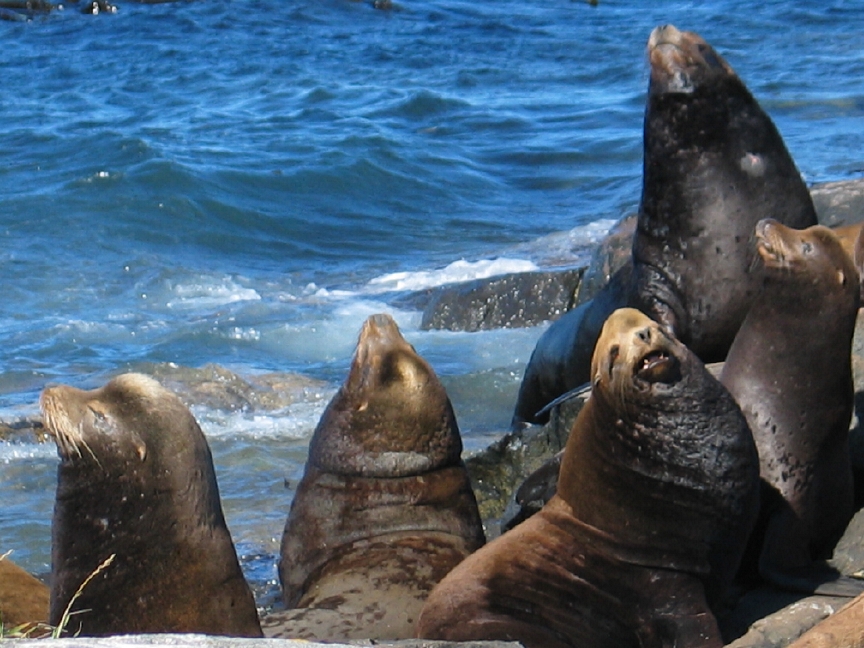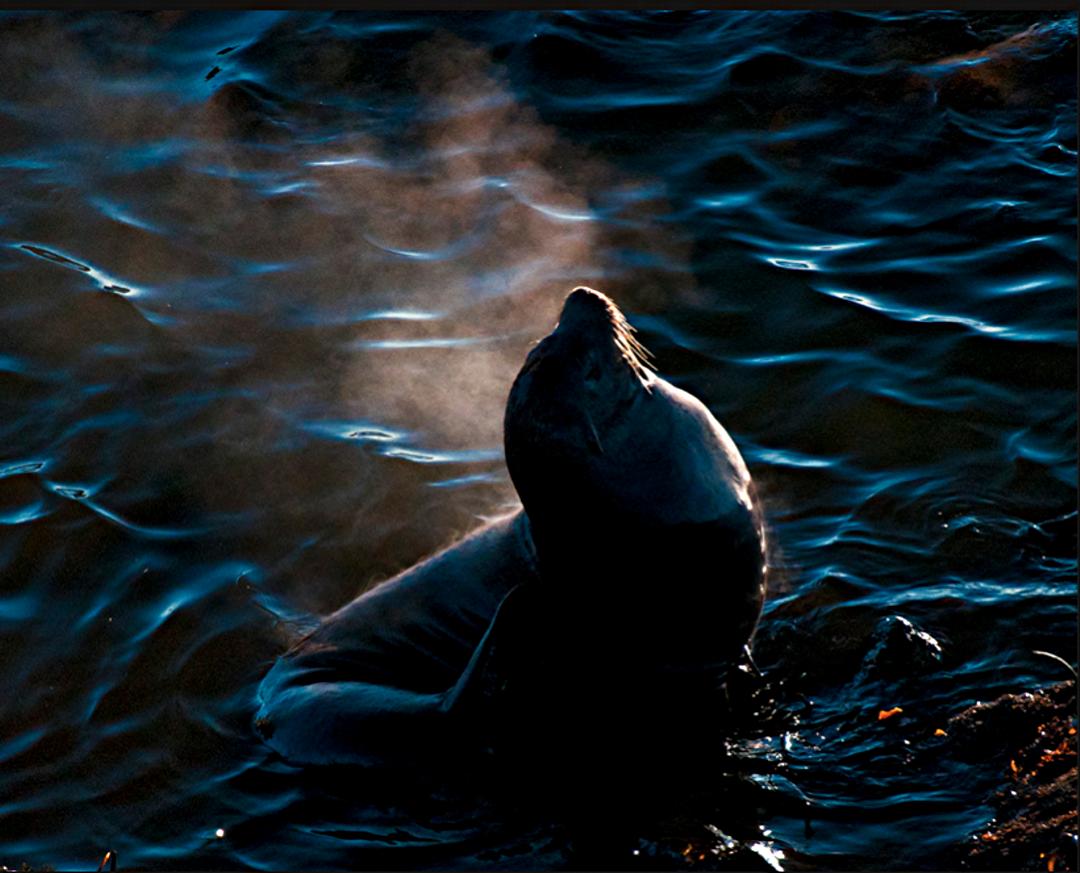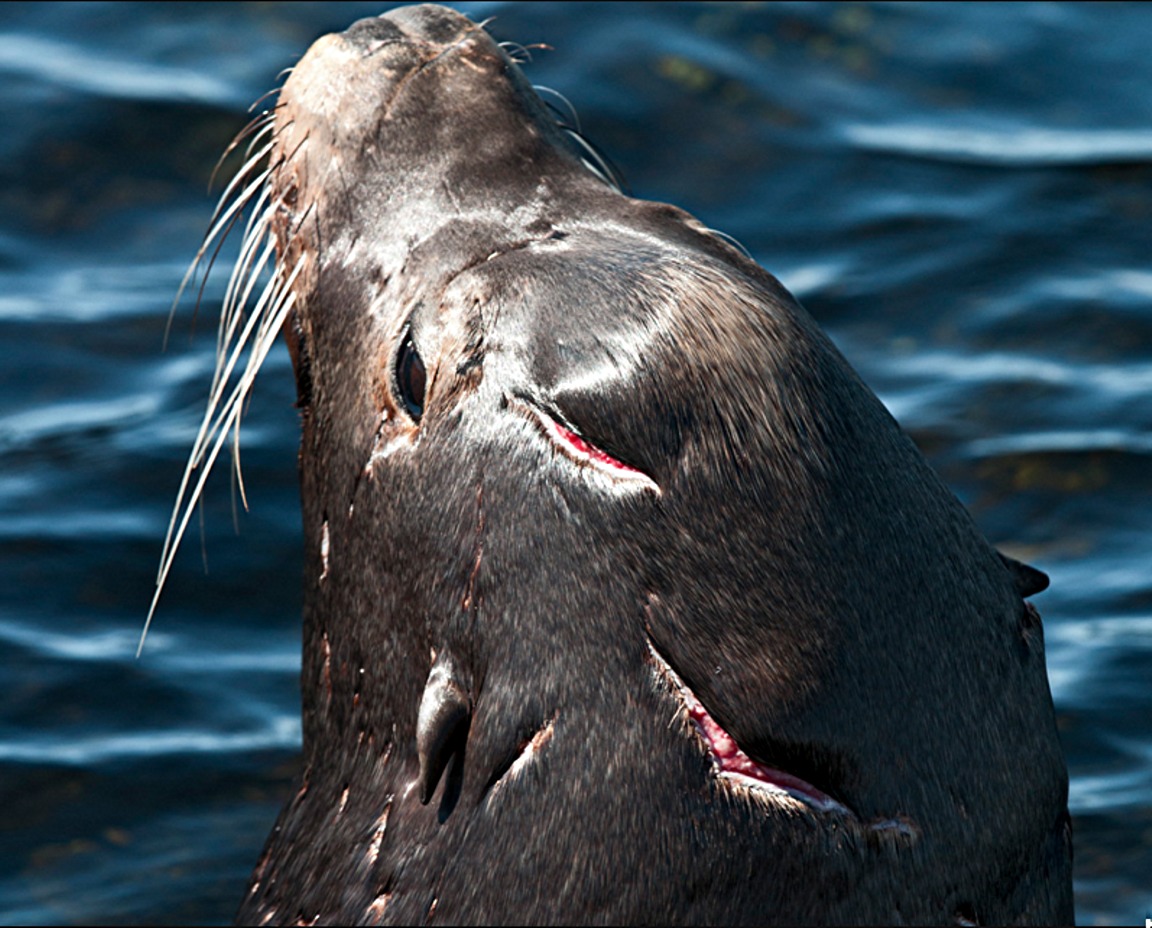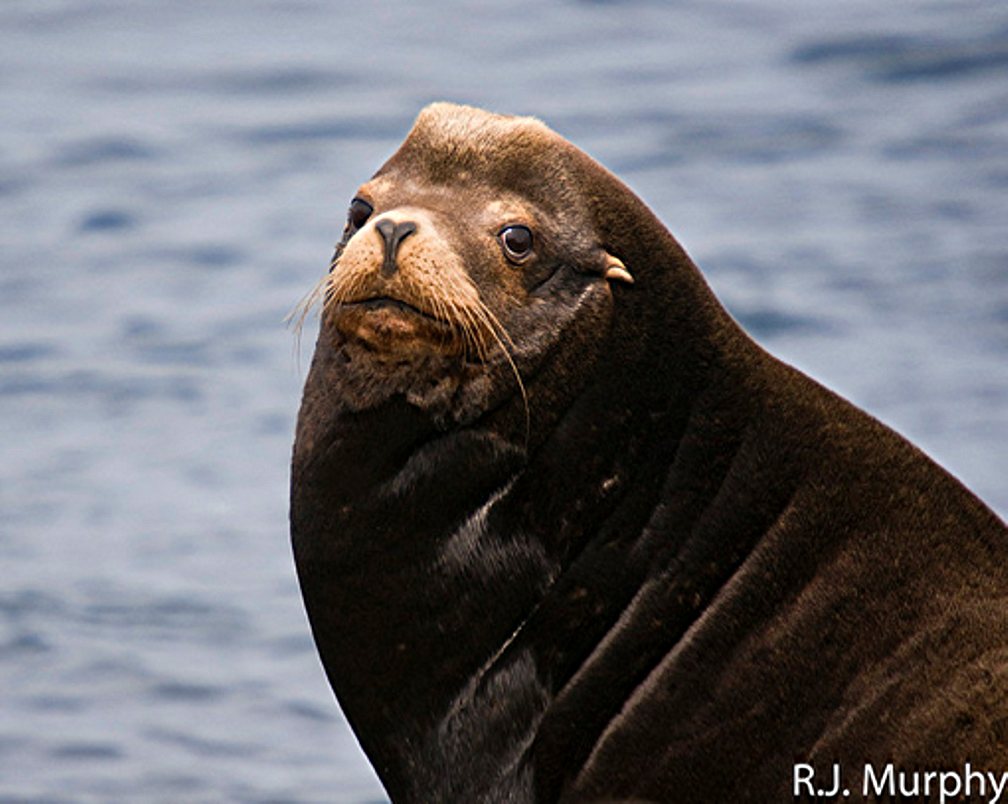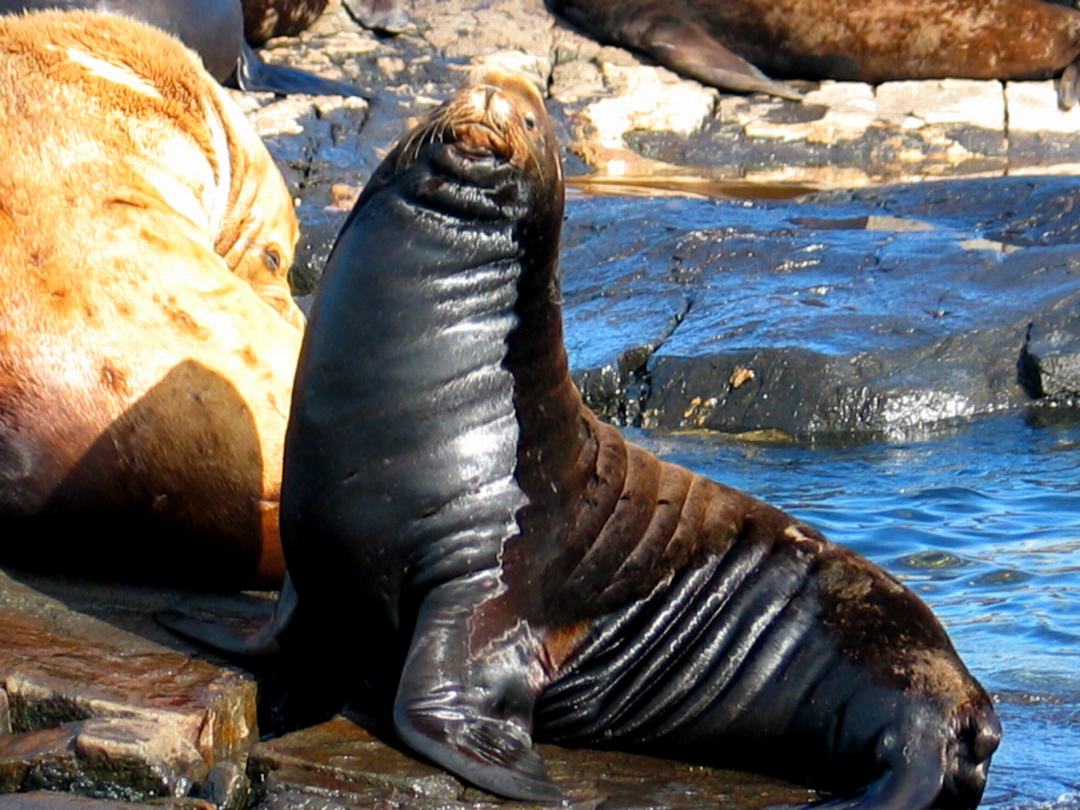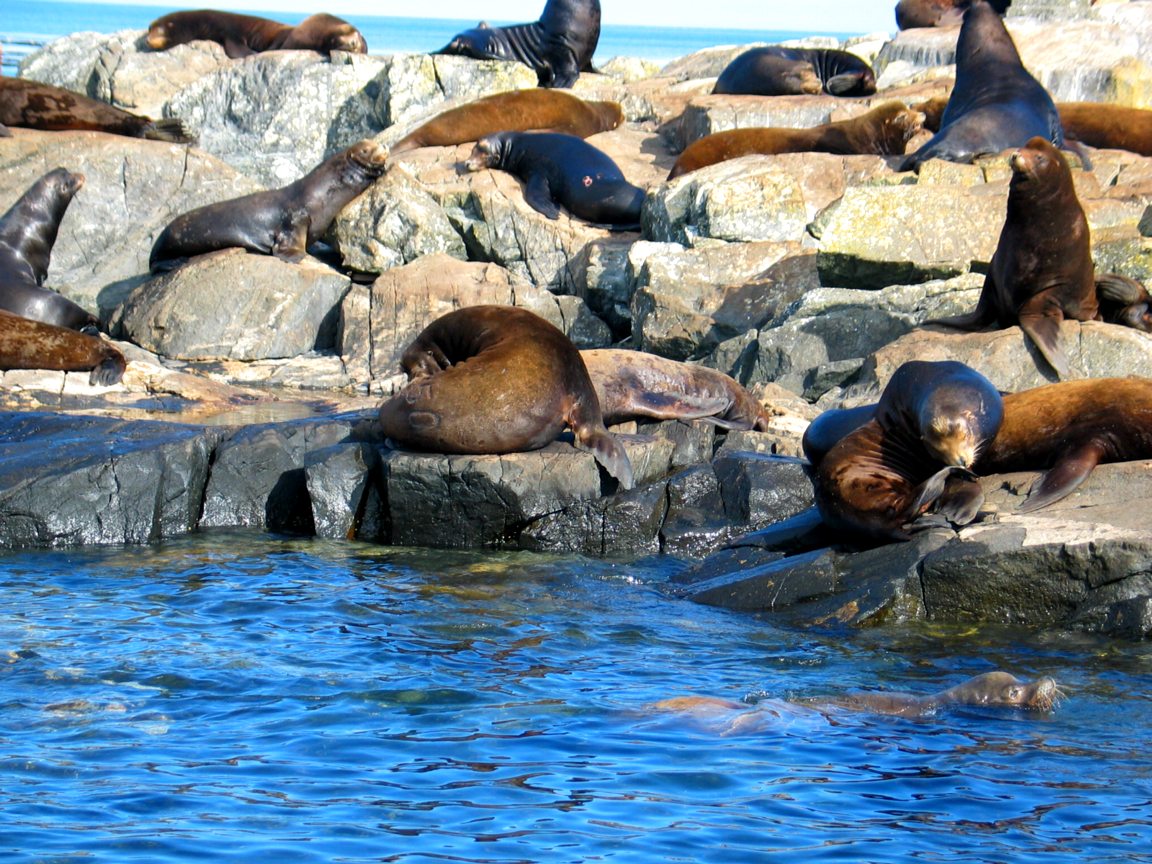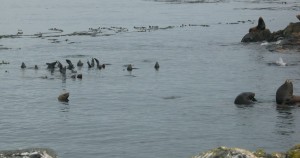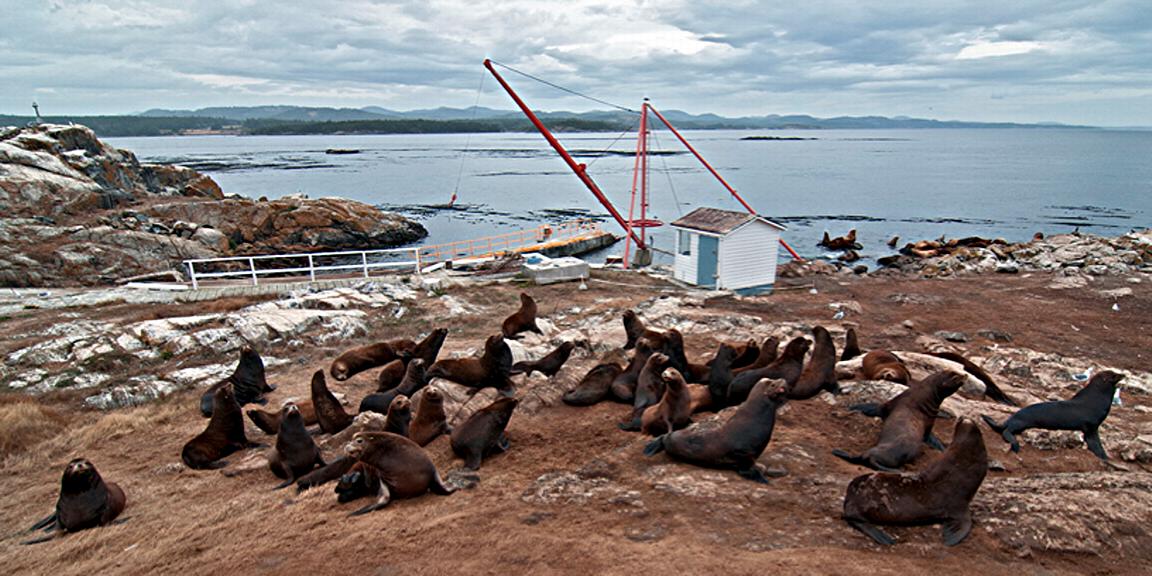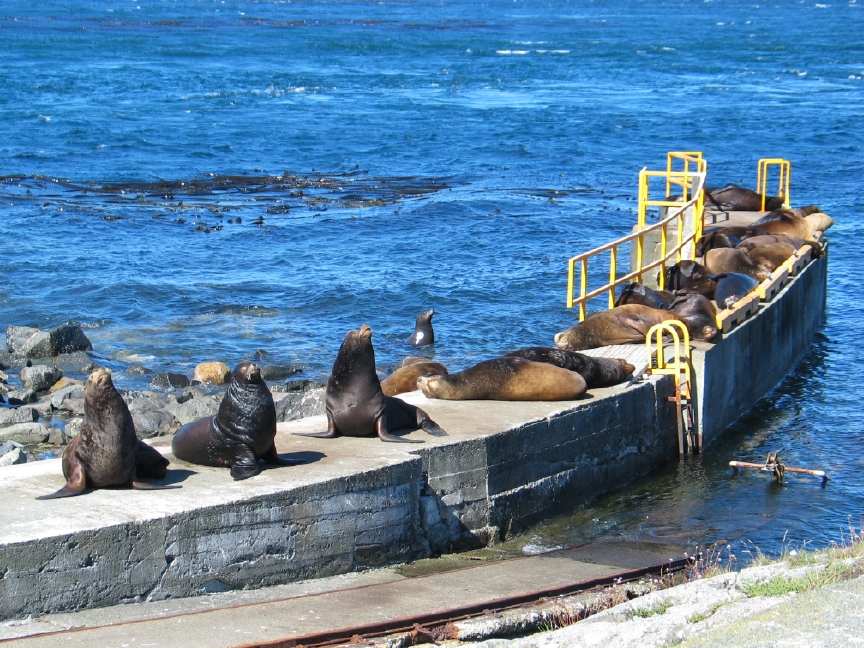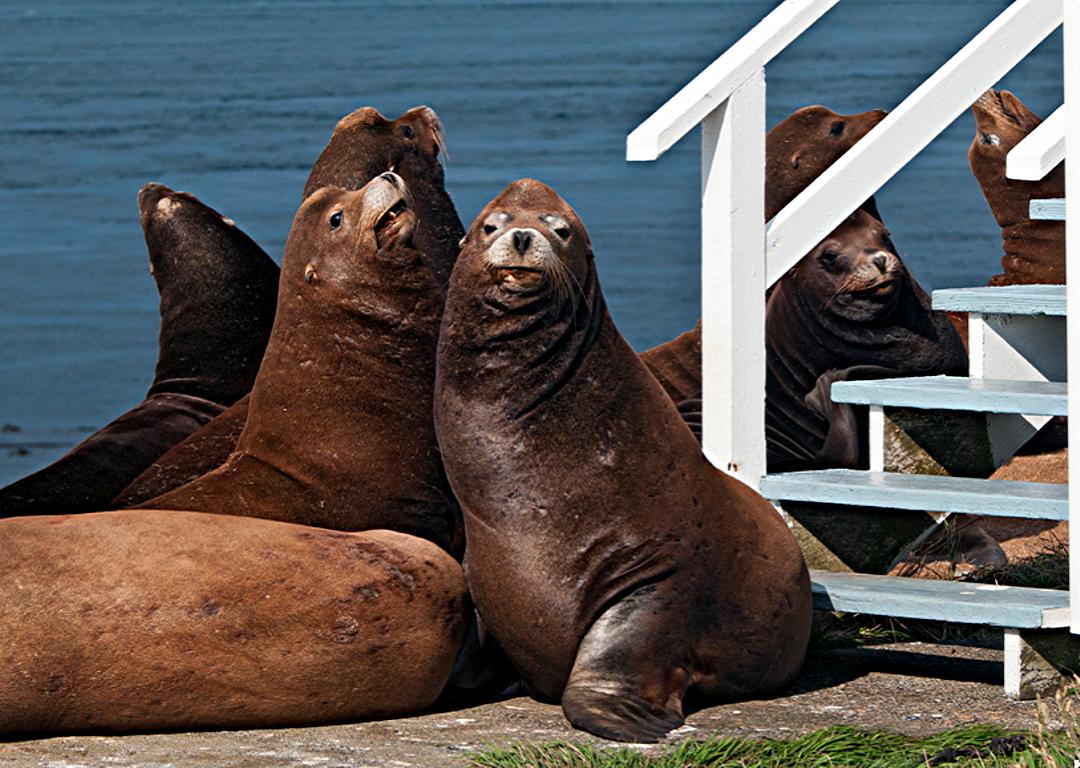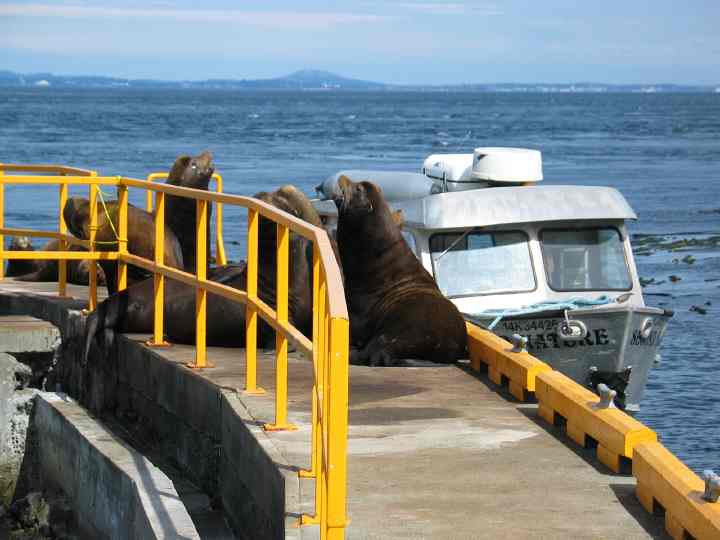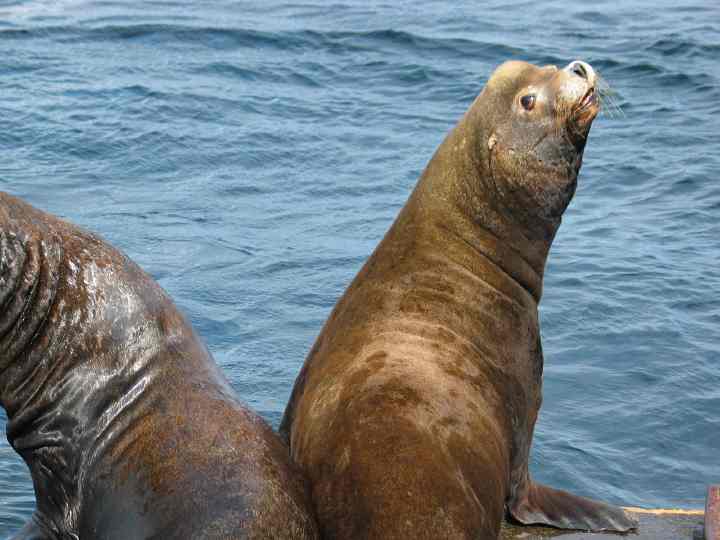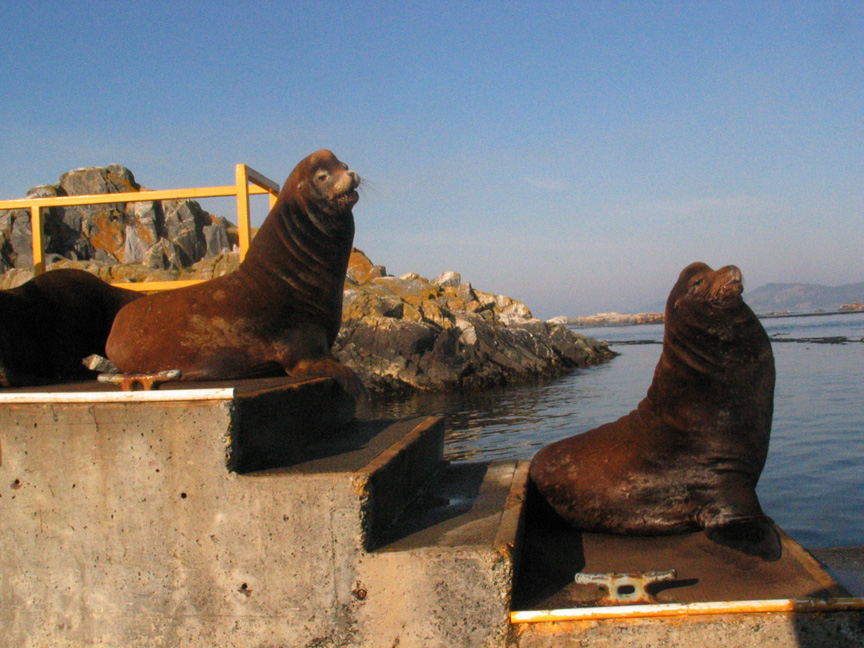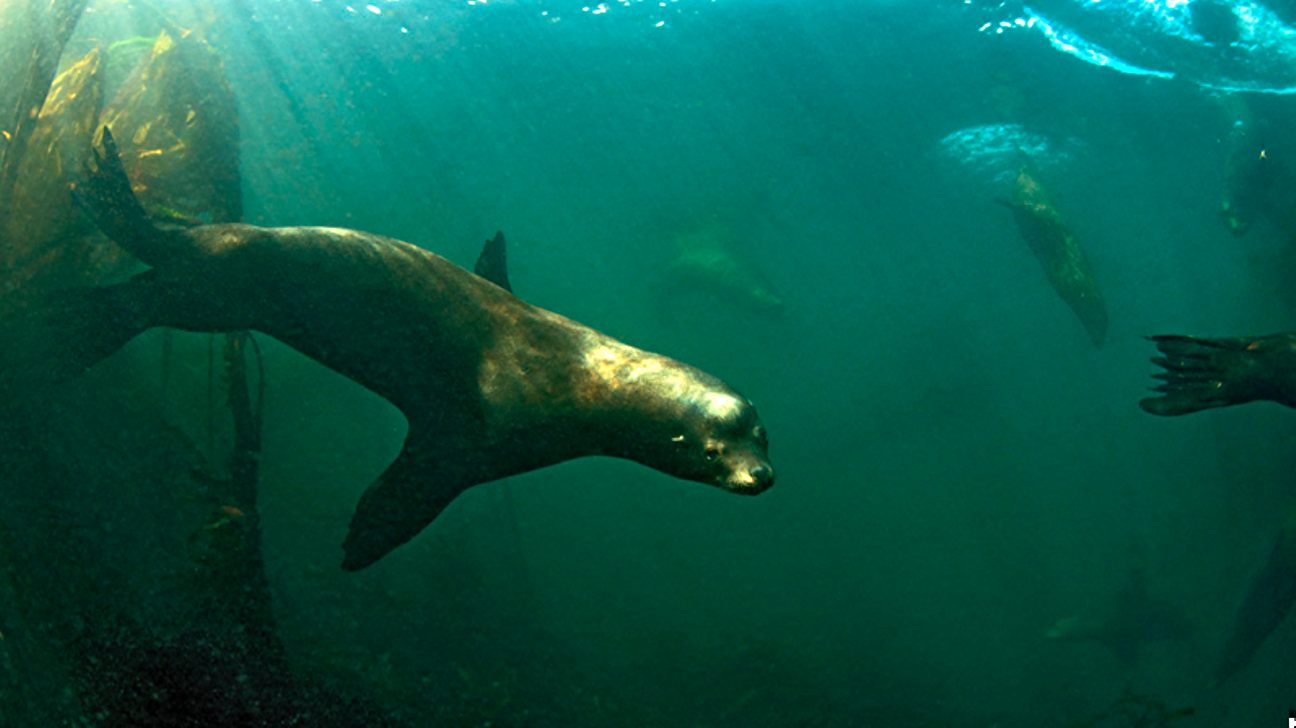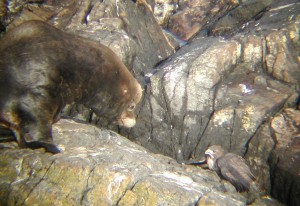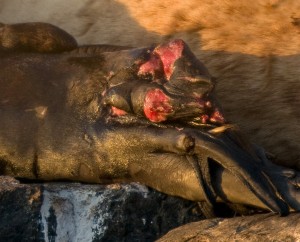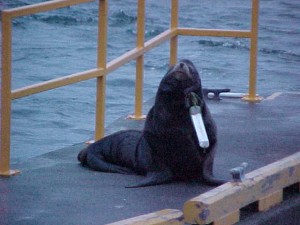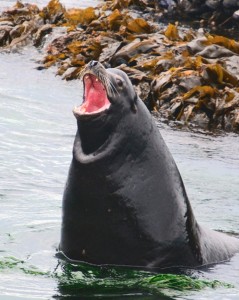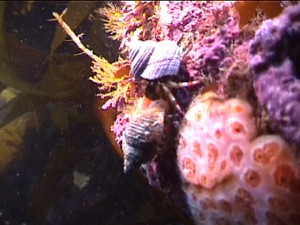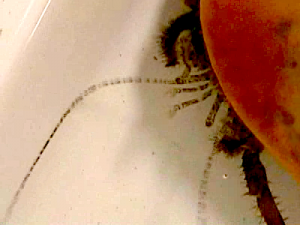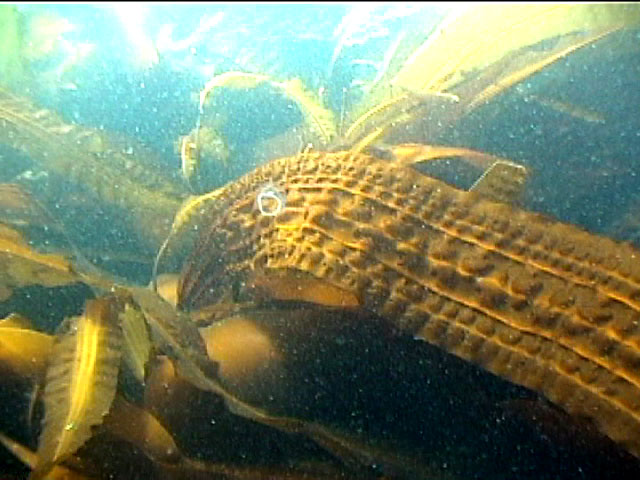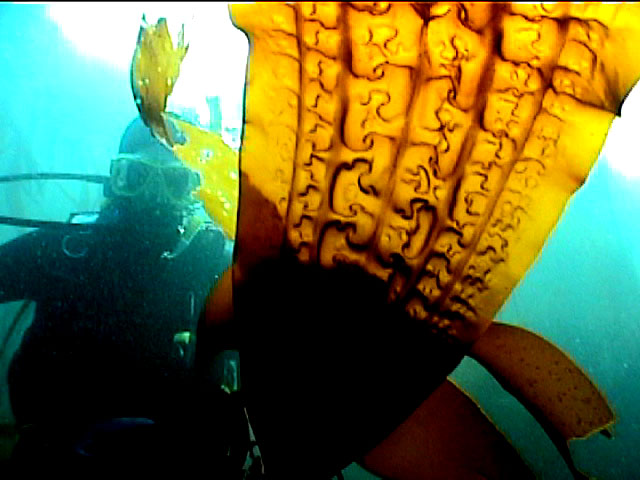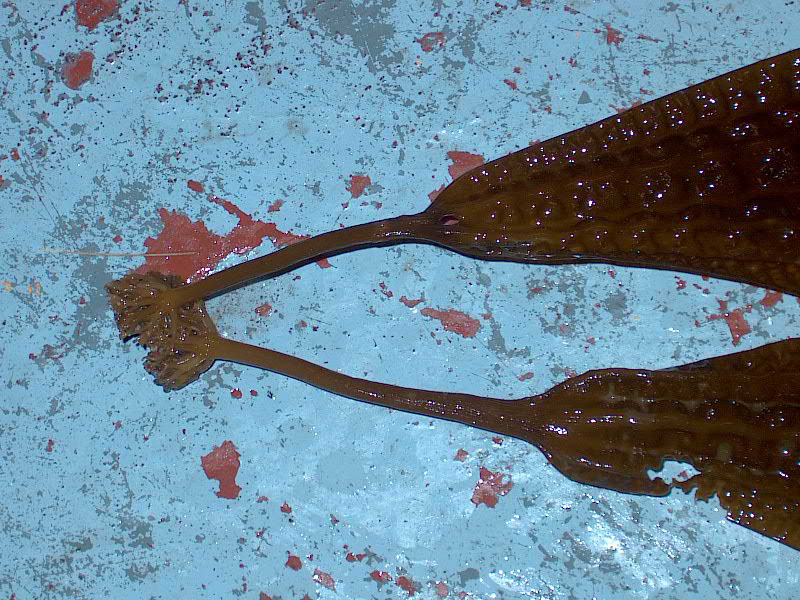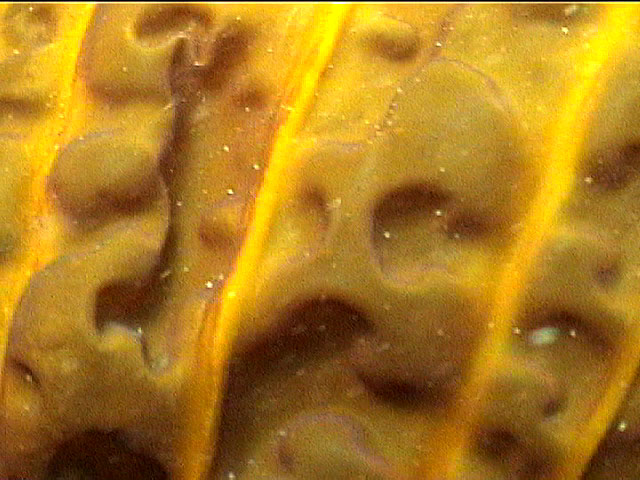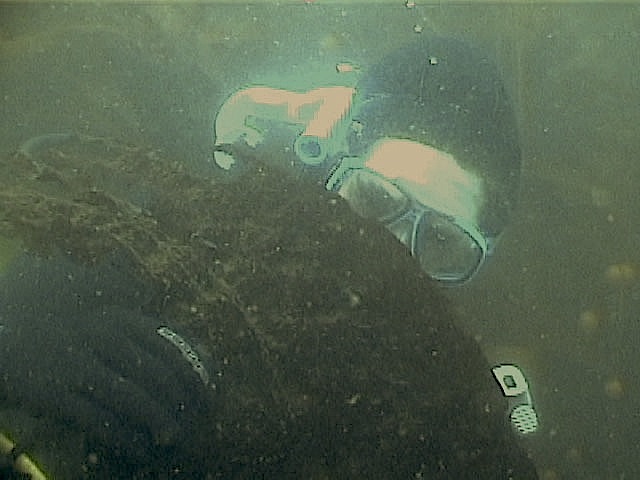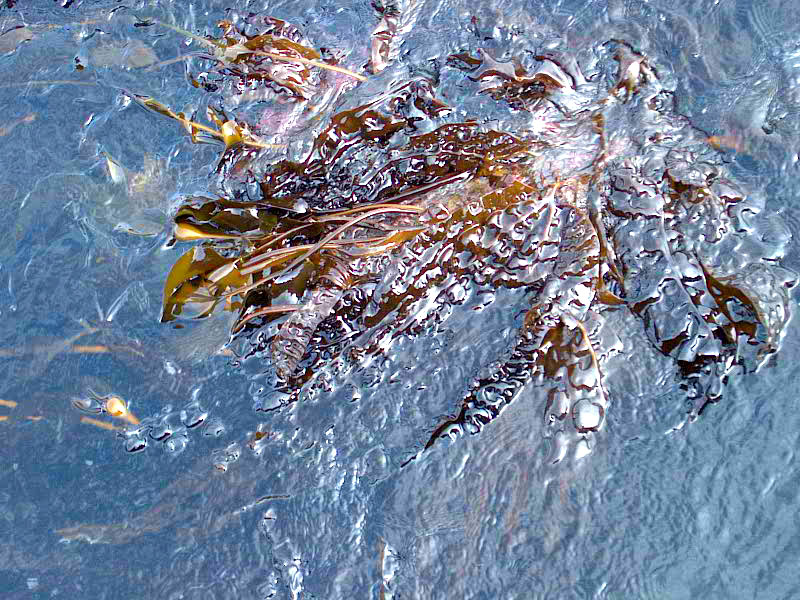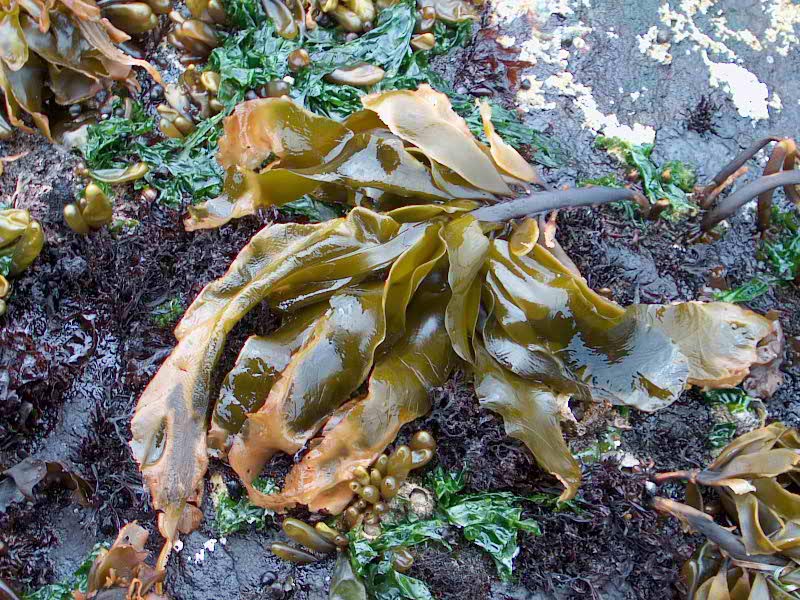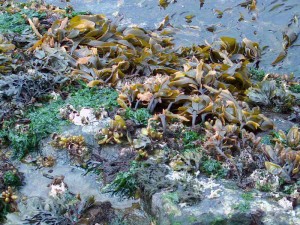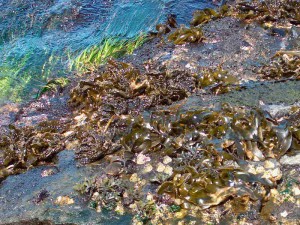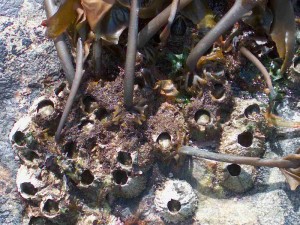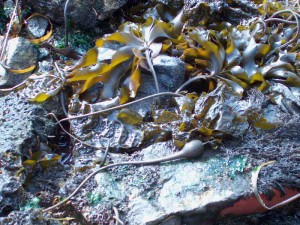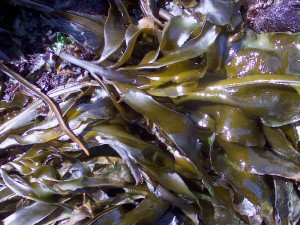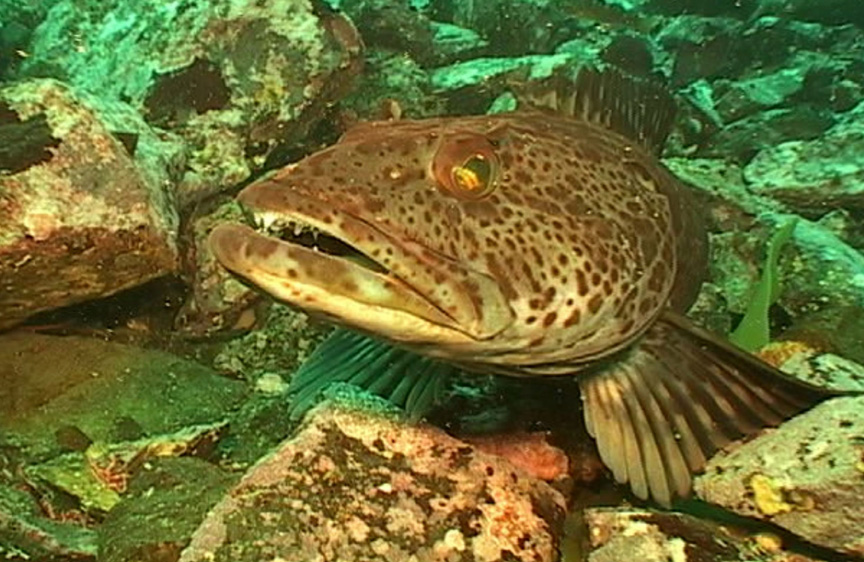Partial records from the old Race Rocks Log transferred to this log. GF Includes boat section and infractions section from the database,
(16, ‘2002-08-14’, ‘Pleasure’, 0, ‘HUMAN INTERACTION: There were 27 Ecotour boats, 8 pleasure craft and Second Nature through the reserve today.\r\nposted by Carol or Mike S at 7:05 PM\r\n’, ‘Mike’, ’15:33:14′),
(2, ‘2002-08-14’, ‘Pleasure’, 8, ”, ‘Mike’, ’10:52:33′),
(3, ‘2002-08-13’, ‘Pleasure’, 9, ”, ‘Mike’, ’10:55:47′),
(4, ‘2002-08-13’, ‘Eco-Tour’, 33, ”, ‘Mike’, ’10:56:18′),
(5, ‘2002-08-13’, ‘Eco-Tour’, 33, ”, ‘Mike’, ’10:58:47′),
(6, ‘2002-08-12’, ‘Pleasure’, 13, ”, ‘Mike’, ’11:06:32′),
(7, ‘2002-08-12’, ‘Eco-Tour’, 50, ”, ‘Mike’, ’06:46:55′),
(8, ‘2002-08-11’, ‘Pleasure’, 9, ”, ‘Mike’, ’11:13:16′),
(9, ‘2002-08-11’, ‘Eco-Tour’, 6, ”, ‘Mike’, ’11:13:51′),
(10, ‘2002-08-11’, ‘Diving’, 1, ”, ‘Mike’, ’11:14:14′),
(11, ‘2002-08-03’, ‘Pleasure’, 9, ”, ‘Mike’, ’11:20:37′),
(12, ‘2002-08-03’, ‘Eco-Tour’, 21, ”, ‘Mike’, ’11:20:57′),
(13, ‘2002-08-11’, ‘Other’, 1, ‘Chris in Hyaku’, ‘Mike’, ’11:42:45′),
(14, ‘2002-08-09’, ‘Eco-Tour’, 34, ’34 tour boats through the reserve today, many boats toured the reserve early today in the thick fog. With visibility severely limited, many pushed too close to the islands under current regulations. As well, with so many boats and so little visibility, so’, ‘Ryan’, ’11:56:02′),
(15, ‘2002-08-15’, ‘Eco-Tour’, 23, ”, ‘Mike’, ’14:02:16′),
(17, ‘2002-08-16’, ‘Fishing’, 1, ‘3 on board fishing No. ( WN 5065 LN )’, ‘Mike-Carol’, ’15:33:53′),
(18, ‘2002-08-16’, ‘Eco-Tour’, 2, ‘light day’, ‘Mike-Carol’, ’21:27:49′),
(21, ‘2002-08-23’, ‘Eco-Tour’, 25, ”, ‘Mike’, ’22:56:53′),
(22, ‘2002-08-23’, ‘Diving’, 1, ”, ‘Mike’, ’22:57:34′),
(23, ‘2002-08-23’, ‘Pleasure’, 1, ”, ‘Mike’, ’22:57:58′),
(24, ‘2002-08-23’, ‘Other’, 1, ‘Station Boat to Pedder Bay’, ‘Mike’, ’22:58:38′),
(25, ‘2002-08-25’, ‘Pleasure’, 3, ”, ‘Mike’, ’23:06:30′),
(26, ‘2002-08-25’, ‘Eco-Tour’, 28, ”, ‘Mike’, ’23:07:07′),
(27, ‘2002-08-25’, ‘Diving’, 1, ”, ‘Mike’, ’23:07:24′),
(29, ‘2002-08-02’, ‘Eco-Tour’, 6, ”, ‘Carol or Mike’, ’15:46:13′),
(30, ‘2002-08-02’, ‘Pleasure’, 7, ”, ‘Carol or Mike’, ’15:46:41′),
(31, ‘2002-01-03’, ‘Pleasure’, 2, ”, ‘Carol or Mike S’, ’15:56:08′),
(32, ‘2002-08-04’, ‘Eco-Tour’, 53, ”, ‘Carol or Mike’, ’15:51:25′),
(33, ‘2002-03-05’, ‘Pleasure’, 1, ‘1 Pleasure craft through the M.P.A. today.’, ‘Carol or Mike S’, ’15:51:41′),
(34, ‘2002-08-04’, ‘Pleasure’, 13, ”, ‘Carol or Mike’, ’15:51:45′),
(35, ‘2002-01-03’, ‘Diving’, 1, ‘ 1- 4 metre boat with 3 divers between Gr. Race and West Race.\r\n’, ‘Garry’, ’15:52:22′),
(36, ‘2002-03-05’, ‘Other’, 1, ‘Race Rocks boat over to Parry Bay to Bring Garry over to work on the data system.’, ‘Carol or Mike S’, ’15:52:28′),
(37, ‘2002-01-03’, ‘Eco-Tour’, 1, ”, ‘Garry’, ’15:54:01′),
(38, ‘2002-01-04’, ‘Other’, 1, ”, ‘Mike or Carol’, ’15:59:02′),
(39, ‘2001-12-24’, ‘Eco-Tour’, 1, ’11:30 am 1 Whale Watcher Boat’, ‘Carol or Mike S’, ’16:01:36′),
(40, ‘2002-08-08’, ‘Eco-Tour’, 23, ”, ‘Carol or Mike’, ’16:07:20′),
(41, ‘2002-08-08’, ‘Pleasure’, 4, ”, ‘Carol or Mike’, ’16:07:36′),
(42, ‘2002-08-10’, ‘Eco-Tour’, 25, ”, ‘Garry’, ’16:12:51′),
(43, ‘2002-08-10’, ‘Pleasure’, 1, ”, ‘Carol or Mike’, ’16:13:06′),
(44, ‘2002-08-10’, ‘Other’, 1, ‘Marine Mammal Monitor boat in the reserve today. The station boat made a return trip to Pedder Bay and a trip to the Campus in the afternoon to return Ryan back to civilization – Thank you Ryan!\n’, ‘Carol or Mike’, ’16:14:15′),
(45, ‘2002-11-30’, ‘Pleasure’, 2, ”, ‘Mike’, ’14:04:11′),
(46, ‘2002-11-30’, ‘Eco-Tour’, 3, ”, ‘Mike’, ’14:04:34′),
(47, ‘2002-11-30’, ‘Diving’, 1, ‘The Juan de Fuca Warrior made morning dive along the north shore of Gr. Race and an afternoon dive off West Race. Did not observe any interference with the wildlife.’, ‘Mike’, ’14:07:33′),
(48, ‘2002-12-01’, ‘Pleasure’, 2, ”, ‘Mike’, ’14:09:07′),
(49, ‘2002-12-01’, ‘Eco-Tour’, 3, ”, ‘Mike’, ’14:09:39′),
(50, ‘2002-12-15’, ‘Eco-Tour’, 2, ‘with the storm warnings up was surprised to see 2 tour boats come through about 11:30 -both from Springtide.’, ‘Mike’, ’11:23:11′),
‘2002-08-11′, ’18:14:00’, ‘Fishing’, ‘Boat’, ’14K 29105′, ‘Unfortuately there are still sports fishers who have either not familiarized themselves with the fishing regulations or are just ignoring them but today, because the tide was too low to launch the station boat we had to call Chris to come out in the Hyaku’, ‘Mike’, ’11:33:21′),
‘2002-08-09′, ’19:19:00’, ‘Speed’, ‘Boat’, ”, ‘At a quarter to 4 one tour zodiac decided to disregard the no-wake regulation and sped past Great Race, an unfortunate incident not repeated by other tour boats today.\r\n’, ‘Ryan’, ’11:57:19′),
‘2002-08-15′, ’09:20:19’, ‘Landing’, ‘Other’, ”, ‘Coast Guard Helicopter landed near tower leading to a great disturbance of the gulls. Escaping youngsters were attacked by groups of parents . ‘, ‘Mike-Carol’, ’14:14:13′),
‘2002-08-15′, ’15:23:28’, ‘Fishing’, ‘Boat’, ”, ‘hi Garry just looking at precipitation could we get it to read.\r\n”Precipitation Rain ____mm Snow ___cm Total ____mm’, ‘Mike’, ’15:29:15′)
‘2002-08-14’, ‘Pleasure’, 0, ‘HUMAN INTERACTION: There were 27 Ecotour boats, 8 pleasure craft and Second Nature through the reserve today.\r\nposted by Carol or Mike S at 7:05 PM\r\n’, ‘Mike’, ’15:33:14′),
‘2002-08-14’, ‘Pleasure’, 8, ”, ‘Mike’, ’10:52:33′),
‘2002-08-13’, ‘Pleasure’, 9, ”, ‘Mike’, ’10:55:47′),
‘2002-08-13’, ‘Eco-Tour’, 33, ”, ‘Mike’, ’10:56:18′),
‘2002-08-13’, ‘Eco-Tour’, 33, ”, ‘Mike’, ’10:58:47′),
‘2002-08-12’, ‘Pleasure’, 13, ”, ‘Mike’, ’11:06:32′),
‘2002-08-12’, ‘Eco-Tour’, 50, ”, ‘Mike’, ’06:46:55′),
‘2002-08-11’, ‘Pleasure’, 9, ”, ‘Mike’, ’11:13:16′),
‘2002-08-11’, ‘Eco-Tour’, 6, ”, ‘Mike’, ’11:13:51′),
‘2002-08-11’, ‘Diving’, 1, ”, ‘Mike’, ’11:14:14′),
‘2002-08-03’, ‘Pleasure’, 9, ”, ‘Mike’, ’11:20:37′),(16, ‘2002-08-14’, ‘Pleasure’, 0, ‘HUMAN INTERACTION: There were 27 Ecotour boats, 8 pleasure craft and Second Nature through the reserve today.\r\nposted by Carol or Mike S at 7:05 PM\r\n’, ‘Mike’, ’15:33:14′),
‘2002-08-14’, ‘Pleasure’, 8, ”, ‘Mike’, ’10:52:33′),
‘2002-08-03’, ‘Eco-Tour’, 21, ”, ‘Mike’, ’11:20:57′),
‘2002-08-11’, ‘Other’, 1, ‘Chris in Hyaku’, ‘Mike’, ’11:42:45′),
‘2002-08-09’, ‘Eco-Tour’, 34, ’34 tour boats through the reserve today, many boats toured the reserve early today in the thick fog. With visibility severely limited, many pushed too close to the islands under current regulations. As well, with so many boats and so little visibility, so’, ‘Ryan’, ’11:56:02′),(1, ‘2002-08-11′, ’18:14:00’, ‘Fishing’, ‘Boat’, ’14K 29105′, ‘Unfortuately there are still sports fishers who have either not familiarized themselves with the fishing regulations or are just ignoring them but today, because the tide was too low to launch the station boat we had to call Chris to come out in the Hyaku’, ‘Mike’, ’11:33:21′),
‘2002-08-09′, ’19:19:00’, ‘Speed’, ‘Boat’, ”, ‘At a quarter to 4 one tour zodiac decided to disregard the no-wake regulation and sped past Great Race, an unfortunate incident not repeated by other tour boats today.\r\n’, ‘Ryan’, ’11:57:19′),
‘2002-08-15′, ’09:20:19’, ‘Landing’, ‘Other’, ”, ‘Coast Guard Helicopter landed near tower leading to a great disturbance of the gulls. Escaping youngsters were attacked by groups of parents . ‘, ‘Mike-Carol’, ’14:14:13′),
‘2002-08-15′, ’15:23:28’, ‘Fishing’, ‘Boat’, ”, ‘hi Garry just looking at precipitation could we get it to read.\r\n”Precipitation Rain ____mm Snow ___cm Total ____mm’, ‘Mike’, ’15:29:15′),
‘2002-08-15’, ‘Eco-Tour’, 23, ”, ‘Mike’, ’14:02:16′),
‘2002-08-16’, ‘Fishing’, 1, ‘3 on board fishing No. ( WN 5065 LN )’, ‘Mike-Carol’, ’15:33:53′),
‘2002-08-16’, ‘Eco-Tour’, 2, ‘light day’, ‘Mike-Carol’, ’21:27:49′),
‘2002-08-23’, ‘Eco-Tour’, 25, ”, ‘Mike’, ’22:56:53′),
‘2002-08-23’, ‘Diving’, 1, ”, ‘Mike’, ’22:57:34′),
2002-08-23′, ‘Pleasure’, 1, ”, ‘Mike’, ’22:57:58′),
‘2002-08-23’, ‘Other’, 1, ‘Station Boat to Pedder Bay’, ‘Mike’, ’22:58:38′),
‘2002-08-25’, ‘Pleasure’, 3, ”, ‘Mike’, ’23:06:30′),
‘2002-08-25’, ‘Eco-Tour’, 28, ”, ‘Mike’, ’23:07:07′),
‘2002-08-25’, ‘Diving’, 1, ”, ‘Mike’, ’23:07:24′),
‘2002-08-02’, ‘Eco-Tour’, 6, ”, ‘Carol or Mike’, ’15:46:13′),
‘2002-08-02’, ‘Pleasure’, 7, ”, ‘Carol or Mike’, ’15:46:41′),
‘2002-01-03’, ‘Pleasure’, 2, ”, ‘Carol or Mike S’, ’15:56:08′),
‘2002-08-04’, ‘Eco-Tour’, 53, ”, ‘Carol or Mike’, ’15:51:25′),
‘2002-03-05’, ‘Pleasure’, 1, ‘1 Pleasure craft through the M.P.A. today.’, ‘Carol or Mike S’, ’15:51:41′),
‘2002-08-04’, ‘Pleasure’, 13, ”, ‘Carol or Mike’, ’15:51:45′),
‘2002-01-03’, ‘Diving’, 1, ‘ 1- 4 metre boat with 3 divers between Gr. Race and West Race.\r\n’, ‘Garry’, ’15:52:22′),
‘2002-03-05’, ‘Other’, 1, ‘Race Rocks boat over to Parry Bay to Bring Garry over to work on the data system.’, ‘Carol or Mike S’, ’15:52:28′),
‘2002-01-03’, ‘Eco-Tour’, 1, ”, ‘Garry’, ’15:54:01′),
‘2002-01-04’, ‘Other’, 1, ”, ‘Mike or Carol’, ’15:59:02′),
‘2001-12-24’, ‘Eco-Tour’, 1, ’11:30 am 1 Whale Watcher Boat’, ‘Carol or Mike S’, ’16:01:36′),
‘2002-08-08’, ‘Eco-Tour’, 23, ”, ‘Carol or Mike’, ’16:07:20′),
‘2002-08-08’, ‘Pleasure’, 4, ”, ‘Carol or Mike’, ’16:07:36′),
‘2002-08-10’, ‘Eco-Tour’, 25, ”, ‘Garry’, ’16:12:51′),
‘2002-08-10’, ‘Pleasure’, 1, ”, ‘Carol or Mike’, ’16:13:06′),
‘2002-08-10’, ‘Other’, 1, ‘Marine Mammal Monitor boat in the reserve today. The station boat made a return trip to Pedder Bay and a trip to the Campus in the afternoon to return Ryan back to civilization – Thank you Ryan!\n’, ‘Carol or Mike’, ’16:14:15′),
‘2002-11-30’, ‘Pleasure’, 2, ”, ‘Mike’, ’14:04:11′),
‘2002-11-30’, ‘Eco-Tour’, 3, ”, ‘Mike’, ’14:04:34′),
‘2002-11-30’, ‘Diving’, 1, ‘The Juan de Fuca Warrior made morning dive along the north shore of Gr. Race and an afternoon dive off West Race. Did not observe any interference with the wildlife.’, ‘Mike’, ’14:07:33′),
‘2002-12-01’, ‘Pleasure’, 2, ”, ‘Mike’, ’14:09:07′),
‘2002-12-01’, ‘Eco-Tour’, 3, ”, ‘Mike’, ’14:09:39′),
‘2002-12-15’, ‘Eco-Tour’, 2, ‘with the storm warnings up was surprised to see 2 tour boats come through about 11:30 -both from Springtide.’, ‘Mike’, ’11:23:11′),
‘2002-08-26’, ‘Pleasure’, 4, ”, ‘Carol or Mike S’, ’15:56:52′),
‘2002-08-26’, ‘Eco-Tour’, 27, ”, ‘Carol or Mike S’, ’15:57:07′),
 The Race Rocks taxonomy is a collaborative venture originally started with the Biology and Environmental Systems students of Lester Pearson College UWC. It now also has contributions added by Faculty, Staff, Volunteers and Observers on the remote control webcams. December 2002- Giulio Esposito PC year 29
The Race Rocks taxonomy is a collaborative venture originally started with the Biology and Environmental Systems students of Lester Pearson College UWC. It now also has contributions added by Faculty, Staff, Volunteers and Observers on the remote control webcams. December 2002- Giulio Esposito PC year 29 
